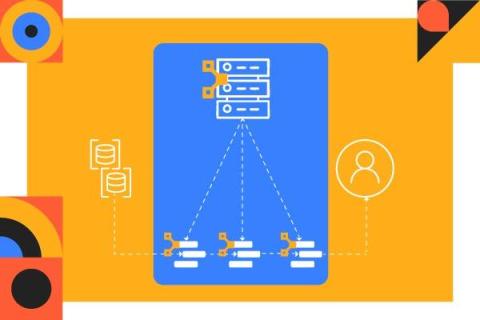HPC Configuration: How Configuration Management Can Enhance AI Workload Efficiency
High-performance computing (HPC) configuration has become paramount for AI workloads. Companies investing in AI workloads often find themselves with predictable problems: Lots of nodes that are hard to integrate and harder to manage together, under-utilized resources, deployment struggles, inconsistent configurations, and drift.











